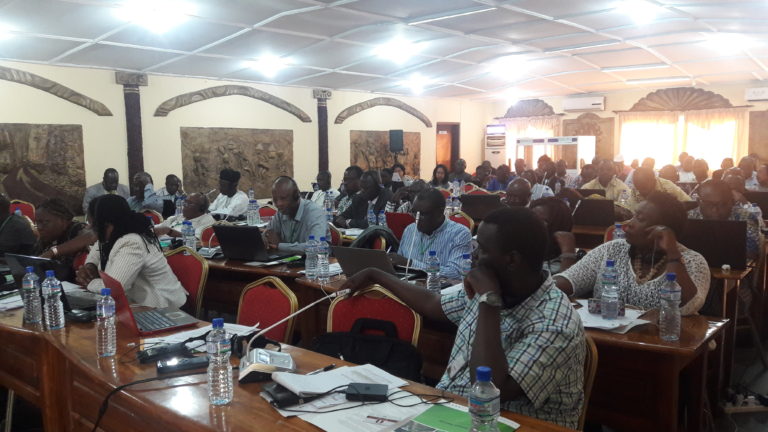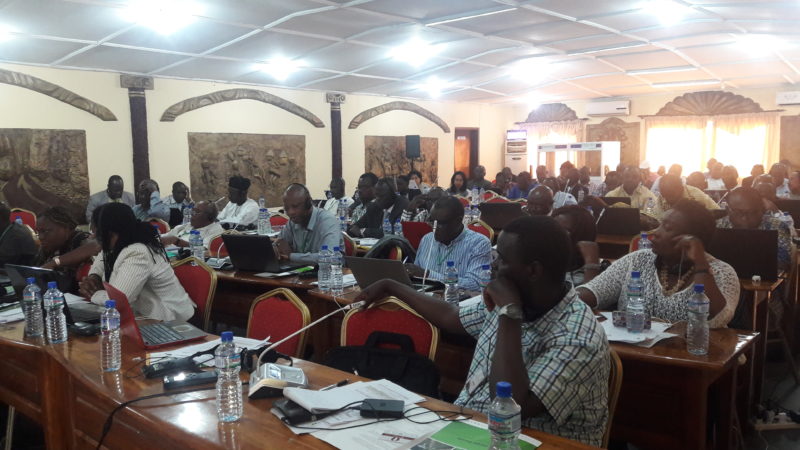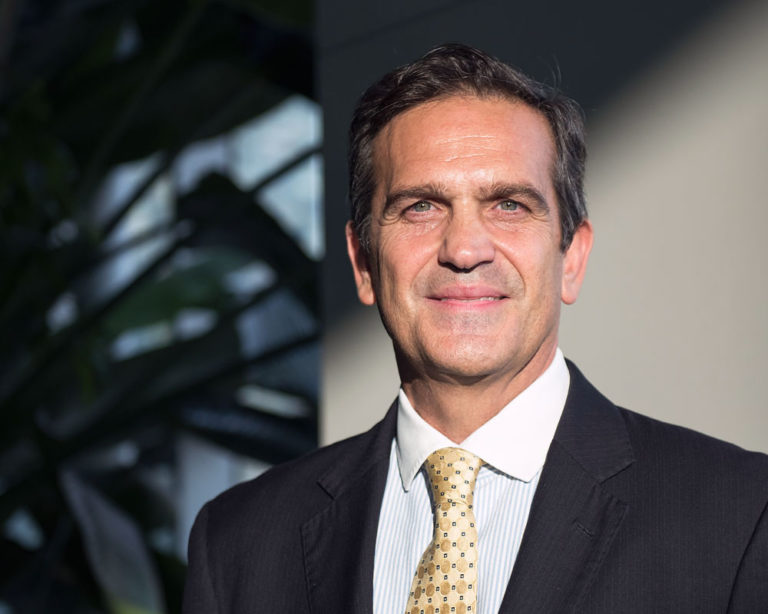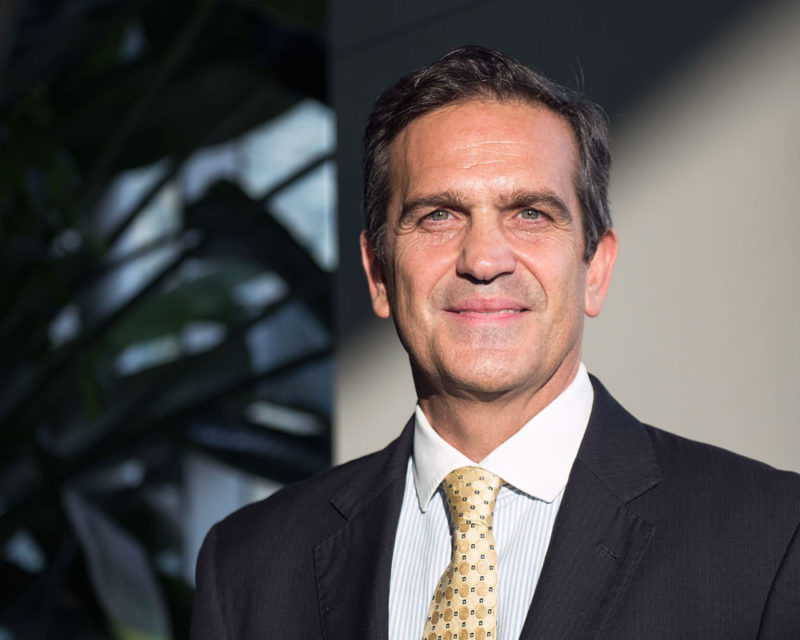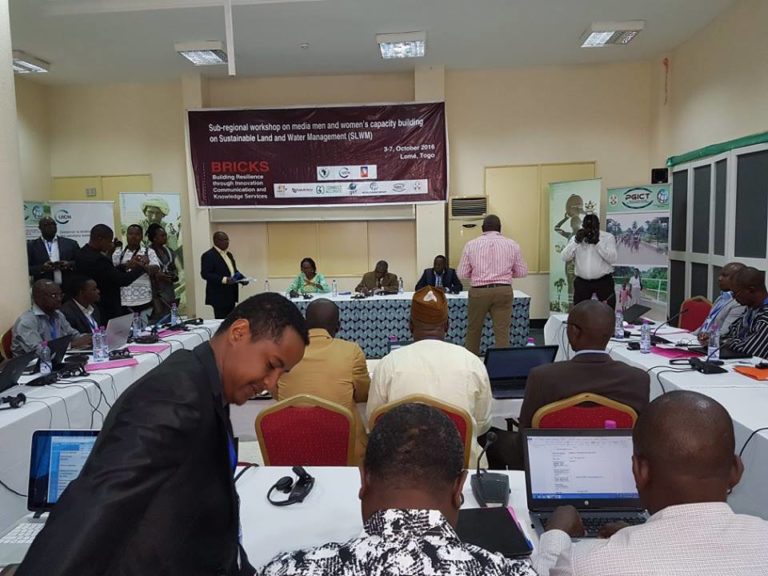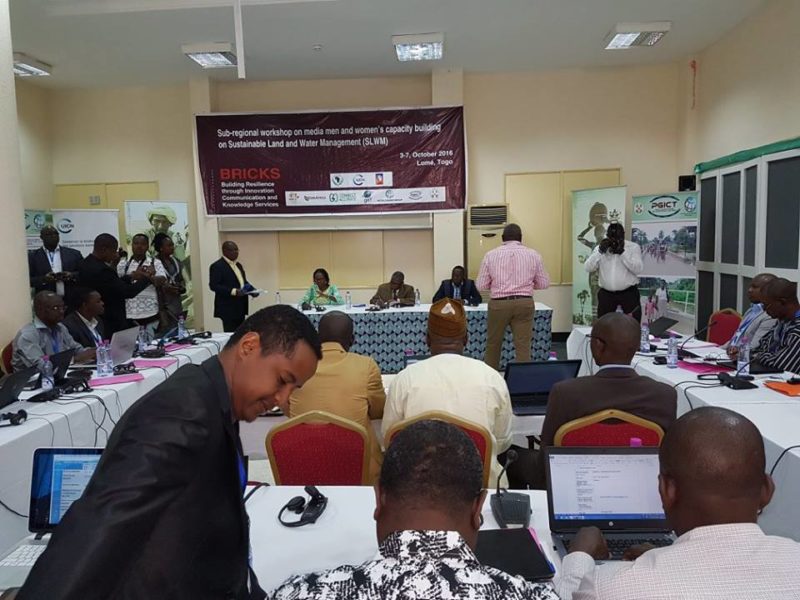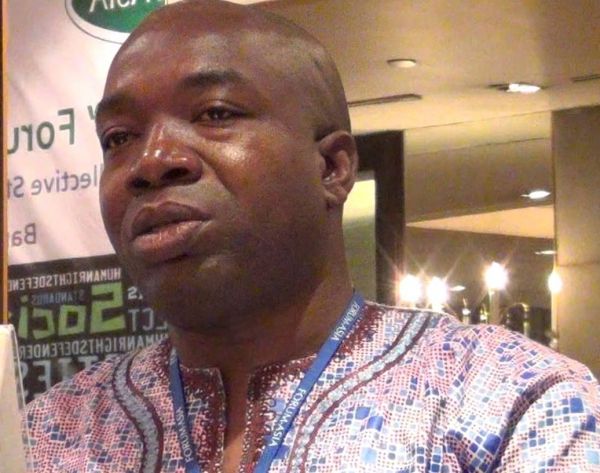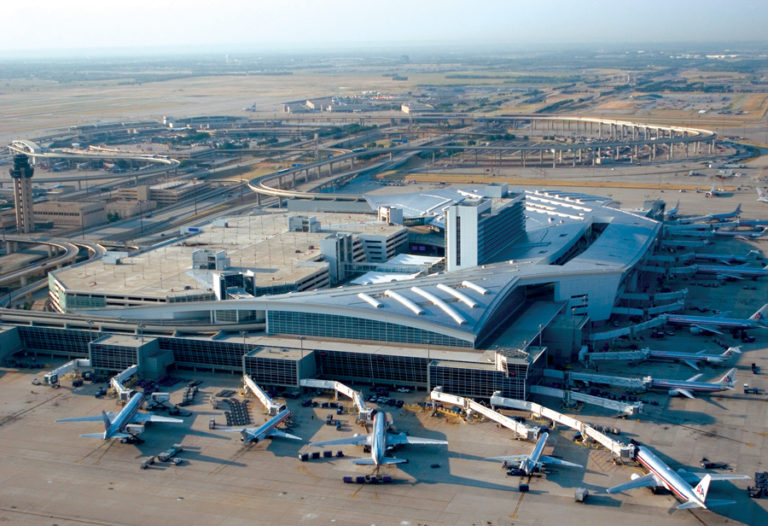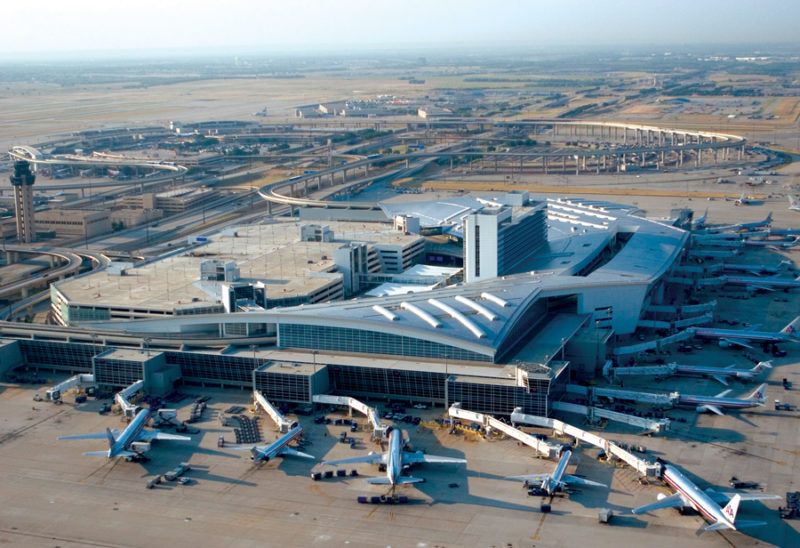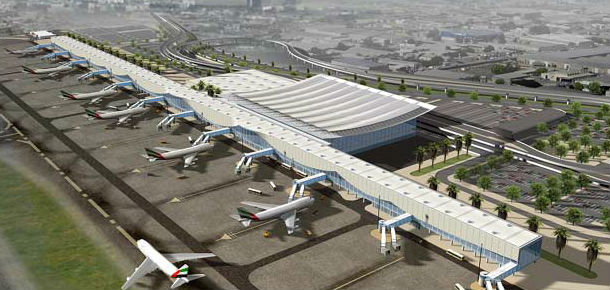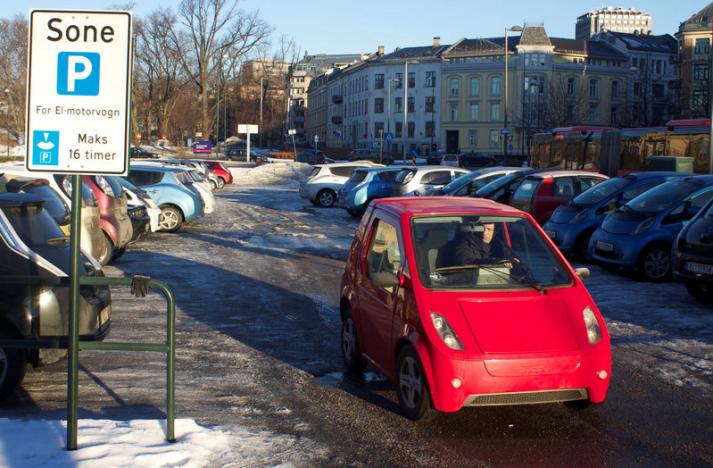For those that may not be aware, our atmosphere is interconnected – irrespective of carbon emissions sources, and the resultant negative impacts courtesy of carbon emissions cuts across countries and continents. That’s why measures for emissions reduction require and should be our joint efforts, and nobody warrants exclusion.

In view of the unabating pollution level, the World Health Organisation (WHO) has affirmed that dirty air attributes to “tiny particulates (PM2.5s) from cars, power plants and other sources are killing seven million people worldwide each year”. As tiny as PM2.5s is, air polluted with PM2.5s is a major causative agent for respiratory and cardiovascular diseases, which often times lead to death.
Owing to this, there is an urgency to rid out these deadly microscopic particulates. In jealously safe guarding the earth and health of its inhabitants, it is expedient to unleash our arsenals on the polluters. In fairness and justice, virtually everyone is guilty and could be regarded as polluters.
That aside, some industries are fond and culpable of emitting unprecedented amount of carbon and other poisonous gases. Due to environmental hazards constituted to the nearby inhabitants – normally caused by improper disposal of chemicals, pharmaceutical industries bear the brunt of safely disposing such chemicals off – but, face serious sanction for failing to do so. Similarly, there is no tangible reason why industries discharging poisonous gases into the atmosphere – owing to their devastating damage on earth and health – shouldn’t be held responsible and sanctioned.
Carbon tax remains an effective mechanism of discouraging and reducing carbon emissions to the barest minimum. For efficiency, the tax should be levied at the extraction and importation stage. This would gear polluters to gauge and control their importation and, especially, their hitherto flagrant pollution via gas flaring – knowing full well of expensive tax that they would incur.
In Nigeria, the Niger Delta region witnesses oil spills and leakages from crude extraction which keeps destroying land terrains, making water polluted beyond normal and unprecedentedly killing aquatic animals. The devastation is applicable to other countries where crude oil extraction and refinement takes place. The spills abound because of lack of sincere commitments by world leaders/legislators towards its eradication. A realistic way of reducing oil spills is by imposing heavy tax and fines on all leaked and spilled oils. Through this, crude oil extracting industries would be conscious, work tirelessly and adopt proactive measures to reducing the oil spills at all costs, thereby saving aquatic habitat and land from unnecessary exposure to pollution.
While concerted effort is ongoing towards seeing that the polluters pay through their noses for the damages, our focus as individuals should also be on finding ways of absorbing/controlling the suspended carbon emissions in the atmosphere, which keeps wreaking havoc on humans and the entire planet.
Pending the time an ideal technology for absorbing the trapped gases – albeit without side effects – is developed, tree planting should be considered since it is scientifically proven in reducing carbon dioxide and purifying the atmosphere. Trees absorb pollutant gases, filter suspended particulates, cool the temperature, used in controlling desertification (like the ongoing Green Wall Project in Africa) and serve to control erosion.
It is high time payment modalities for damages are instituted and enforced by United Nations Framework Convention on Climate Change (UNFCCC), world leaders and legislatures on unrepentant polluters at the forthcoming 22nd Session of the Conference of the Parties (COP22) — the proceeds to be used in climate change adaptation and mitigation measures.
By Odewale Abayomi Joseph (jodewaleabayomi@gmail.com; @ODEWALEAbayomi)

